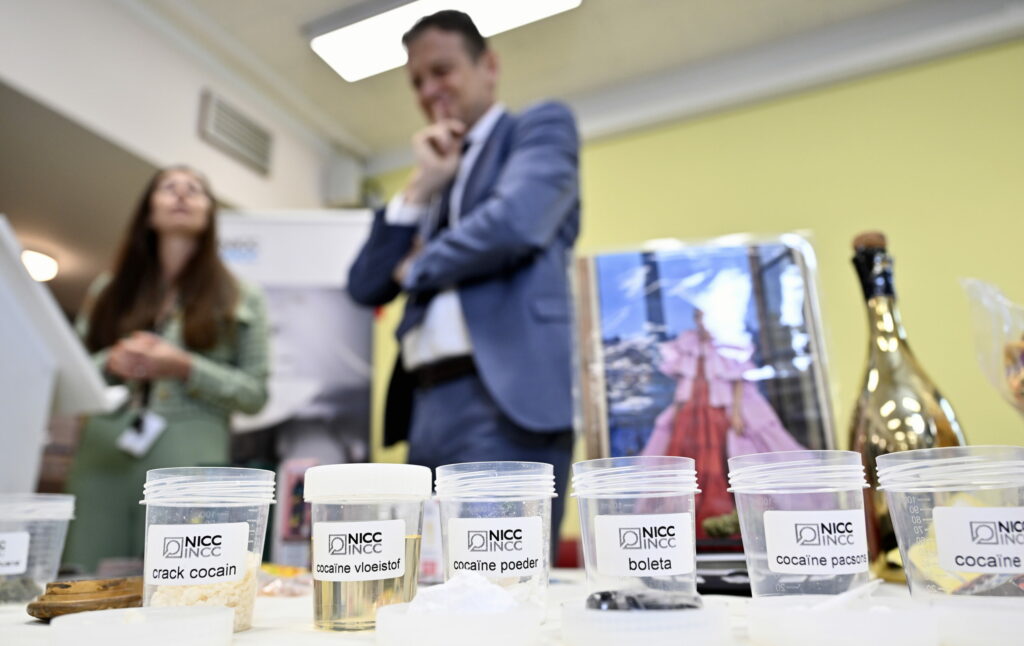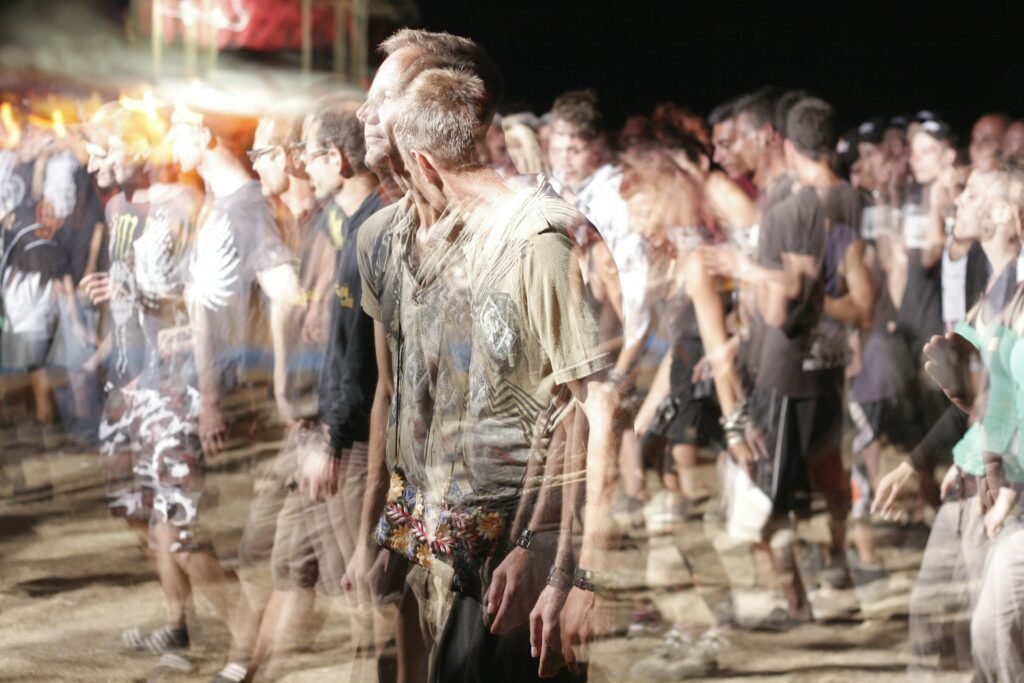Despite the panic over the rise of designer drugs and New Psychoactive Substances (NPS), which add to ongoing concern over drug problems in Brussels, the chances of drugged-out 'zombies' walking the streets of the capital are rather low.
The rise of these types of drugs is very dangerous, according to Bruno Valkeneers, a spokesperson for the non-profit organisation Transit which offers help and guidance to people with addiction problems. But the issue cannot be compared to the crisis in the United States.
"The majority of the people we guide are on the streets and use crack cocaine, and they are not the ones regularly using designer drugs, which are more often party drugs. Still, from time to time there is testimony from people living on the streets who come into contact with designer drugs, but it is still a marginal phenomenon," he told The Brussels Times.
Valkeneers explained how NPS are not necessarily always new substances, but are rather used by drug dealers or traffickers in a new way to slip between the cracks of the law.
Banning related drugs
Since 2017, Belgium has a generic drug law, meaning that what Valkeneers called "the entire family of drugs" is banned. "Before that, there were a lot of technicalities: what was not in the law, could not be banned either. But now, if a molecule is close to another banned molecule, it is banned as well."
The issue with designer drugs, however, is that they can easily be bought online, because other countries have not (yet) banned many of them. "Belgium is one of the only countries that changed the law to include those synthetic drugs."
Additionally, it is hard for customs and security control to check if some synthetic drugs are smuggled into the country, as the precursors (the substances from which the drugs are formed) are often the same as those used to make legal medicines. "There are thousands of possibilities of designer drugs, with many new ones coming to the market. Some disappear as quickly as they arrived, but others stick around."

Justice Minister Paul Van Tigchelt pictured during the opening of a forensic drug expertise centre. Credit: Belga/Eric Lalmand
The newly opened National Institute of Criminalistics and Criminology (NICC) in Brussels' Neder-Over-Heembeek aims to analyse seized substances to give authorities a better insight into new trends and types of drugs, so they can respond more quickly.
In any case, the issue of these drugs are seemingly much more widespread in countries like the United Kingdom or the United States than in Belgium. "Partly, this is because traditional drugs, such as cocaine or heroine, are easily accessible in Belgium. The success of these NPS is greater in countries where traditional drugs are less available, are of lesser quality or are too expensive."
In addition to the fact that they are not widely tested, there is also an added layer of danger to these new drugs: users have less contact with the rest of the population.
"It is available online, so it can come to your home through the post, like other legal products. Some people start using at home, alone, with no information or experience," Valkeneers said. "These products are often very concentrated, and therefore very strong. Accidents, overdoses or other problems happen very quickly."
Zombies walking the streets
However, the phenomenon of so-called numerous dazed and unresponsive "zombies" that are spotted on the streets of Philadelphia (US) is not likely to cross the ocean to Belgium.
"There is an opioid crisis in the US, mainly due to fentanyl. Fentanyl is an opioid, which means it is a bit like heroin but completely synthetic," Valkeneers said. "So technically, we could call it a designer drug as well, it is not really the same thing."
The difference is that NPS are created specifically to make drugs that are not yet in many countries' legislation and therefore not (yet) illegal. "Fentanyl, on the other hand, is also synthetic but first it was used legally. You can get fentanyl from a pharmacist on a doctor's prescription. Initially, it was just a drug used for medical reasons, and then dealers started to produce and sell it outside the law."
What makes it particularly problematic is that fentanyl is often mixed with xylazine (known as 'tranq'), which is a narcotic. "This combination makes people unable to move and almost paralyses them in strange poses, causing people to refer to it as the 'zombie' drugs. But we are not there yet."
Related News
- Belgium opens new forensic drug expertise centre in fight against drug mafias
- Dangerous 'zombie' drugs on the rise in Brussels
- Brussels to open second drug consumption space this summer
- 'It literally eats your flesh': New 'zombie drug' ravages the US
- 'They consume less here': Inside the Brussels centre supervising drug addiction
- 'Like zombies': What is driving the crack crisis around Porte de Hal?

